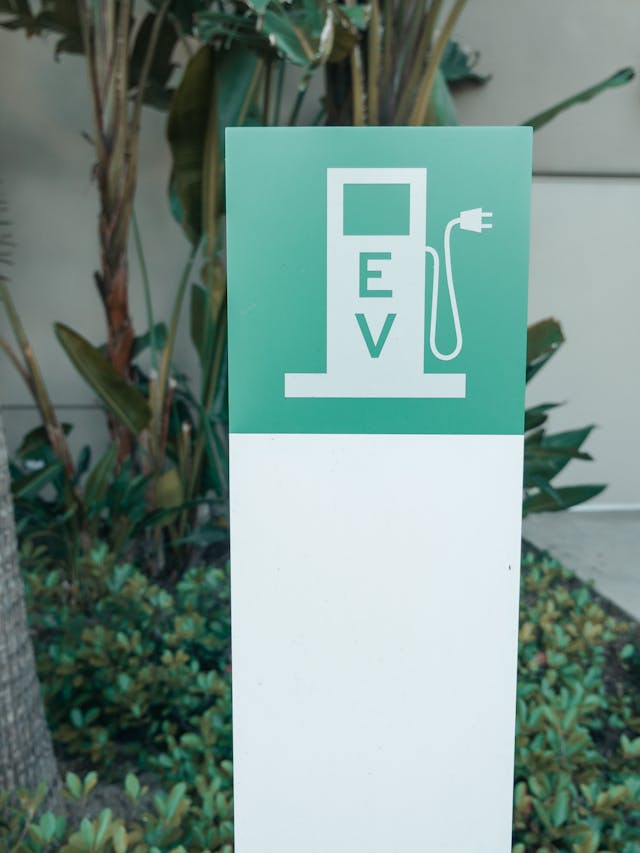We are living in an age where electric vehicles are on the cusp of taking over the industry. Everywhere we go, we hear about the benefits and pitfalls of electric vehicles (EVs). Because of disinformation and the novelty of EVs, it is important to maintain important strategies when marketing EVs. Let’s discuss the matter in greater detail below:
What is an Electric Vehicle?
An electric vehicle is different from traditional automobiles because it is not powered by a combustion engine or merely uses a combustion engine to extend its driving range.
The two main types of EVs on the roads are hybrid and all-electric. Both have regenerative braking features that use small generators to slow down the vehicle and recharge the battery packs of an EV at the same time. An all-electric EV simply has larger battery packs to travel extensive ranges without the need for any combustion engine. If you do need more information for the matter of electric vehicles in general you can find this at specialty car dealers, such as Edmunds.
How to Market an Electric Vehicle
EVs can be marketed just like any other automobile. Americans respond best to the band-wagon effect and follow a safety-in-numbers philosophy. The same rule is used in Italy to determine which restaurants are best by considering how long the waiting lines may be.
If people think others are lining up to buy EVs, they will necessarily consider following the herd. If others are not lining up to buy EVs, hand over fist, they may pause and consider something negative about EVs has discouraged more educated buyers.
Buyers may not have time to research EVs themselves, so they will often rely on the assessments of informed consumers regarding the vehicles. Using social media, influencers, and strategically placed ads targeted to a particular demographic are all viable marketing strategies.
What to Include When Marketing an Electric Vehicle
The key to selling EVs is highlighting their benefits when compared to traditional automobiles. EVs have much better fuel economy because it is cheaper to charge the battery packs than to pay for gasoline. And even plug-in hybrids reduce fuel consumption by allowing drivers to rely exclusively on electric charges for short trips and regenerative braking to reduce energy consumption in stop-and-go city traffic.
It is also important to highlight that EVs promote green energy. Combustion engines produce excessive greenhouse gases that are associated with global warming and severe weather events. All-electric vehicles produce zero emissions. There is no exhaust pipe or hydrocarbons released into the atmosphere.
Critics will, however, point out that dirty coal plants are used to produce the electricity for most EVs. This can be countered by pointing to green states, such as Vermont, that rely chiefly on renewable energy sources. Explaining that EVs are merely a critical part of a larger climate-change solution should suffice.
Another important highlight for any marketing should focus on the recent developments in EVs. For example, ads should point out that some all-electric EVs now have driving ranges that exceed combustion vehicles and that charging station infrastructure has now reached a plateau. These were common gripes in the past that kept many drivers away from EVs as they waited for such improvements.

